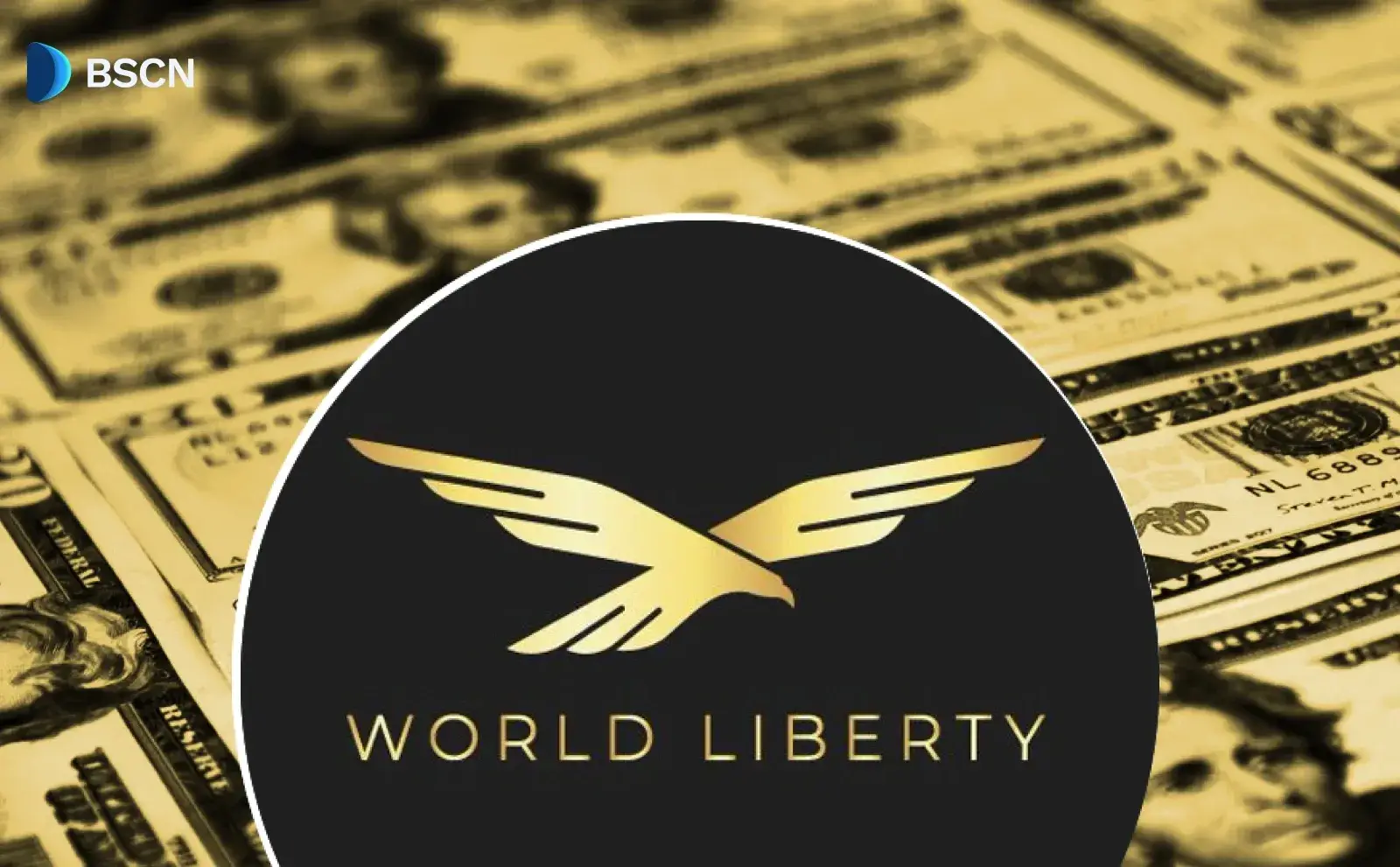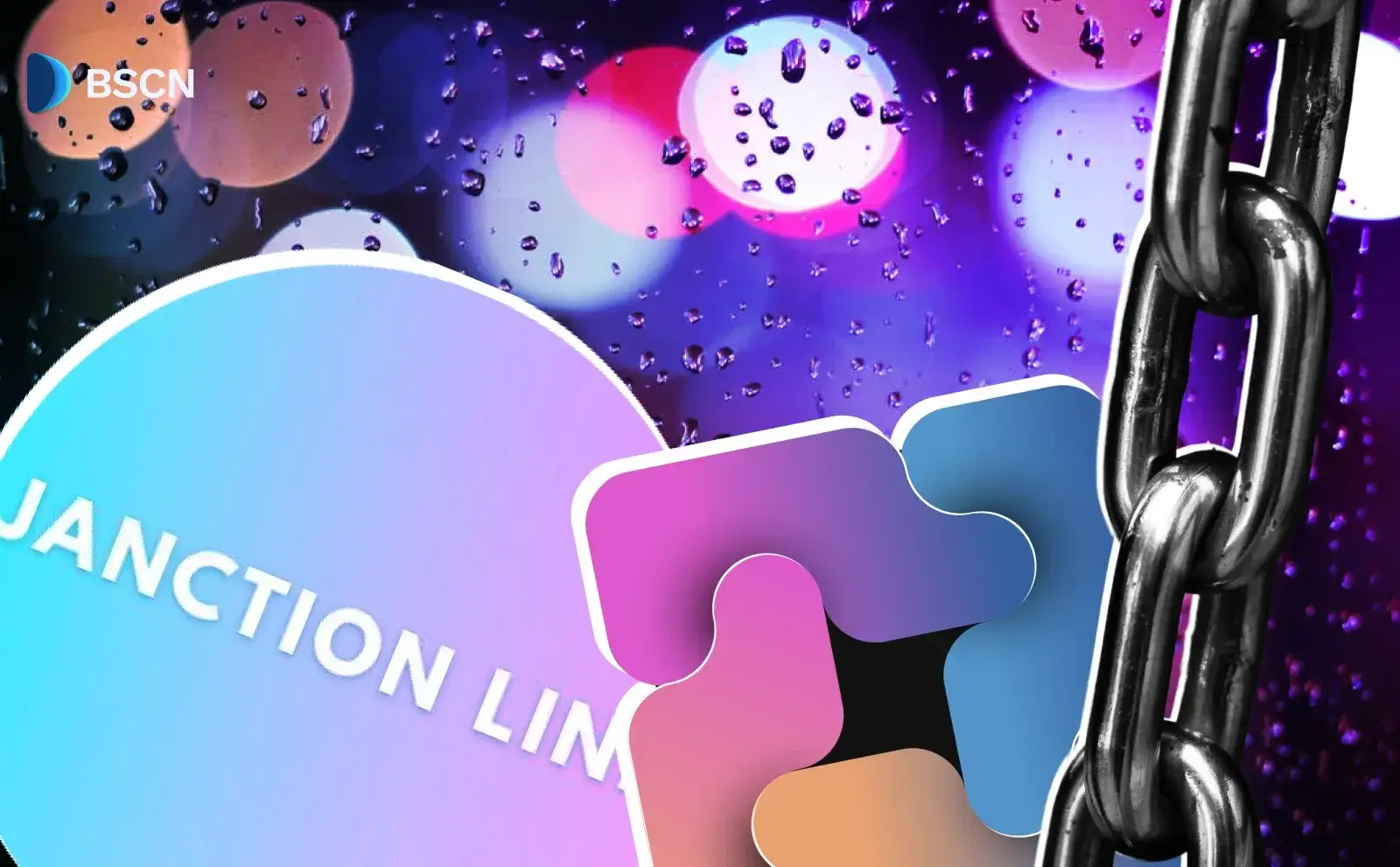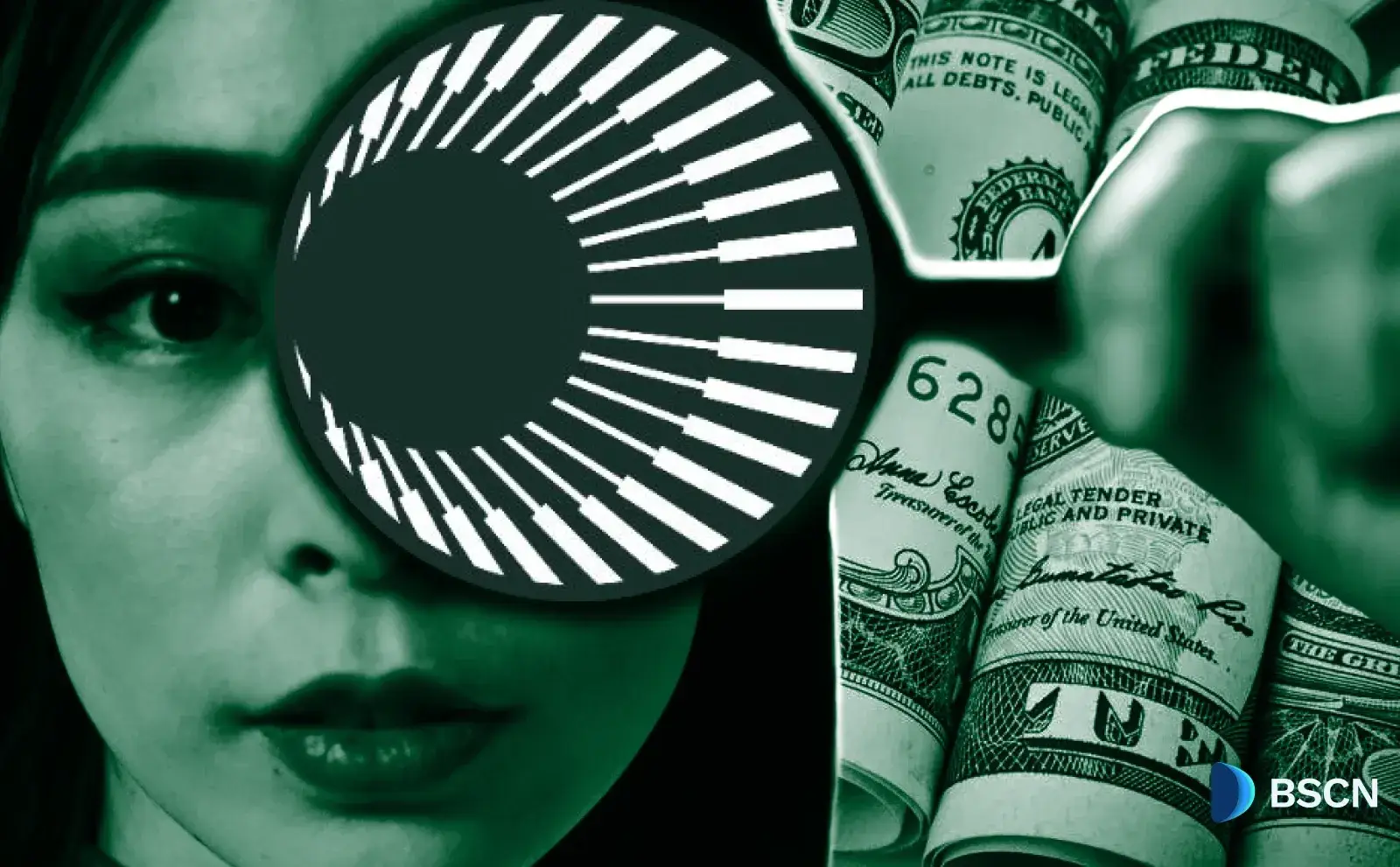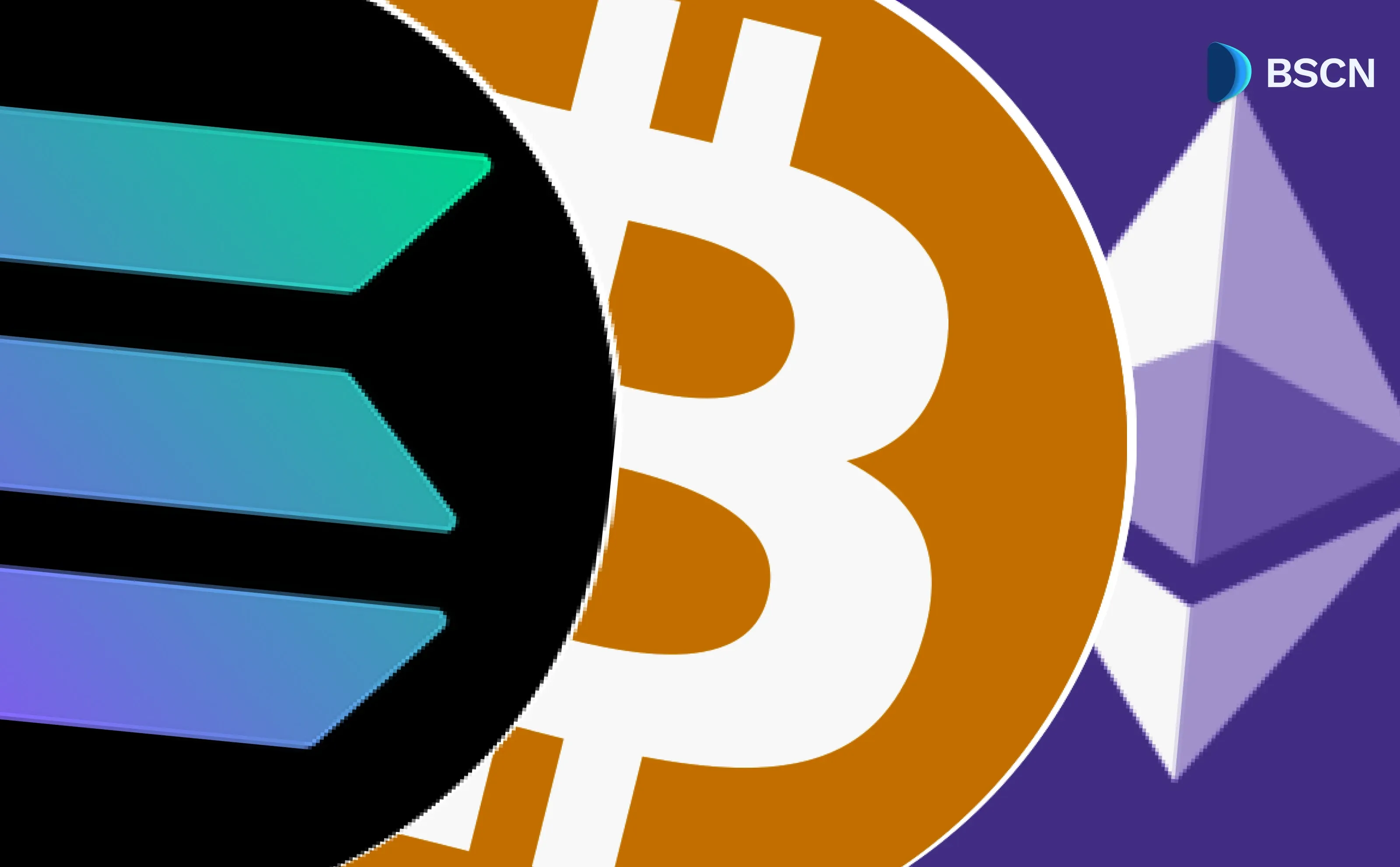Deepdive
(Advertisement)
Tabi Chain: What Is It & How Does It Work

Tabi Chain is a consumer-focused Layer 1 blockchain on Cosmos, that shifted from NFTs to gaming and finance in 2024.
UC Hope
July 22, 2025
(Advertisement)
Table of Contents
Like many other blockchain platforms still in its testnet phase, Tabi Chain has emerged as a notable player, focusing on consumer applications, gaming, and finance. With ongoing developments aimed at bridging traditional web users to decentralized systems, the protocol has caught the eye with its unique features.
This Deep Dive examines the protocol’s key details, including its technical framework and recent updates.
Origins and Evolution of Tabi Chain
Tabi Chain traces its roots to 2021, when it was founded by Xavier Lee as an NFT marketplace known as Treasureland, operating on the Binance Smart Chain (BSC). Based in mainland China, the platform initially aimed to connect NFT creators and users in a decentralized environment, positioning itself as a gateway to Web3 technologies. Early efforts included community-driven features and on-chain identity protocols, supported by venture capital to build what was described as a "Web3 wonderland."
By 2023, the platform had established itself as a community-focused NFT launchpad on BSC. However, recognizing the challenges in the attention economy, where user focus is scarce amid an abundance of content, AI tools, and crypto projects, the team pivoted in 2024. This shift transformed Tabi into a modular Layer 1 (L1) blockchain built on the Cosmos ecosystem. The new vision emphasizes aligning incentives for developers, users, and economic actors, while lowering barriers for Web2 developers and everyday users.
According to the project's whitepaper, this evolution addresses the need for public chains to prioritize application-specific success over general infrastructure. To boost engagement, Tabi launched airdrop campaigns, testnet interactions, and events, such as the Voyager program.
The shift reflects broader industry trends toward consumer-friendly blockchains that integrate social elements to drive mass adoption.
Technical Architecture and Functionality of Tabi Chain
Tabi Chain is an Ethereum Virtual Machine (EVM)-compatible, scalable Proof-of-Stake (PoS) L1 blockchain developed using the Cosmos SDK and CometBFT consensus mechanism. It achieves block finality in approximately five seconds and supports high throughput, making it suitable for consumer apps, gaming, and financial services. The chain employs Delegated Proof-of-Stake (DPoS), where up to 21 validators are selected by holders of the native TABI token, with an inflation rate ranging from 3% to 5% depending on the level of staking participation.
The architecture is built around a five-layer engine designed for modularity:
Key Components of the Five-Layer Engine
Consensus Layer (TabiChain): This forms the foundation with a hybrid consensus model ensuring security, speed, and decentralization. It handles core blockchain operations, including transaction validation and block production.
- Incentive Layer (TabiArena): Focused on user engagement, this layer allows staking and mining based on social and app interactions, converting participation into rewards.
- Payment Data Availability Layer (TPDA): A hyperconvergent system capable of over 70,000 transactions per second (TPS), optimizing data handling for high-volume applications.
- Identity Layer (TLink): This transforms social media accounts, such as Twitter profiles, into Web3 wallets. It enables secure, compliant identities and simplifies onboarding for non-crypto users.
- Payment Layer (TabiPay): Supports instant crypto payments via social IDs, with fiat offramps integrated with global banks. Licensed under the Monetary Authority of Singapore (MAS), audited by Halborn, and compliant with Glocash-EMI standards, it processes over $1 billion in annual payment volume. TabiPay features dual engines: one for businesses (unified payments and financing) and one for individuals (social-based wallets). It also includes on-chain governance tied to consumption, such as through a planned Tabi Card.
Additional technical features enhance usability and security. The Poly-VM (Polymorphic Virtual Machine) and polymorphic interpreter support multi-language coding in Java, Go, or JavaScript, using a FACADE pattern for protocol translation into on-chain standards. This facilitates cross-chain execution and interoperability.
The Omni-Protocol supports ERC20 and ERC721 tokens across chains, with fee aggregation. A standout element is Proof-of-Attention (PoA), which rewards "productive" user attention, such as community participation or app usage, with veTABI tokens. Users earn these through mining via Captain or Mini Nodes, based on Node Mining Power and Rage Points from dApp staking.
To combat common blockchain issues, Tabi incorporates anti-MEV (Maximal Extractable Value) measures, including fair transaction ordering, private mempools, and revenue redistribution, to prevent exploits such as frontrunning. A User Distribution Engine uses semantic analysis of on-chain and off-chain data for targeted user acquisition. Developers can migrate contracts from Ethereum or BSC seamlessly, utilizing tools like MetaMask and tapping into a potential user base of over 100 million.
The chain's testnet has generated 13.4 million wallets, demonstrating global reach. Recent integrations, such as EIP-7702, which simplifies token aggregation in payments, further streamline operations.
Leadership and Funding
Tabi is founded by Xavier Lee. Mori Xu is listed as a partner, contributing to the company's strategic direction. The core development team handles technical upgrades, including enhancements to Cosmos and the EVM.
Funding has been a strong point, with Tabi raising approximately $25 million in multiple rounds. Prominent backers include Animoca Brands and YZi Labs, providing strategic support in the gaming and NFT sectors. Additionally, a $50 million Ecosystem Fund supports developers building on the platform.
The TABI Token: Economics and Launch Status
The native utility token, TABI ($TABI), underpins governance, incentives, and operations within the ecosystem. It has a total supply of 10 billion tokens. An 8% allocation, valued at $ 800 million TABI, has been designated for early participants, including Voyager event users, holders of related assets such as $GG, public sale buyers, Captain Node operators, ecosystem builders, and testnet contributors.

Token utilities include:
- Governance and staking: Holders vote on proposals and delegate to validators.
- Gas and fees: Covers transaction costs on-chain and across multiple chains.
- Proof-of-Attention rewards: Users earn veTABI through mining and engagement, distributed as ecosystem incentives.
- Broader incentives: Rewards for app usage, payments, and social participation.
The Token Generation Event (TGE) was initially planned for the first quarter of 2025. Still, it was delayed by one to two months to incorporate technical upgrades, token model optimizations, and features such as TabiPay and the Tabi Card.
Roadmap and TGE Timeline

Tabi Chain's development path includes structured phases for 2025, prioritizing ecosystem stability and user value. In a March 2025 update, the team addressed the postponement of the TGE, emphasizing transparency and long-term benefits for the community.
On the technical side, audits from Exvul and ScaleBit prompted upgrades to the Cosmos and EVM versions, requiring an additional one to two months to adapt and ensure full token capabilities. This also pushed back the mainnet timeline, as the team views mainnet reliability as essential for TGE success.
For token economics, the group is refining distribution and liquidity strategies to sustain long-term value, deeming the effort necessary despite the added delay. Strategically, Tabi Chain is expanding beyond a basic consumption network by introducing TabiPay and Tabi Card, which enable on-chain governance through everyday spending.
Looking ahead, the team pledged ongoing updates on progress in tech, markets, and strategy to maintain trust. They emphasized building a durable foundation over rushing the TGE, aiming for enduring ecosystem growth.
Recent Developments in Tabi Chain During 2025
The year 2025 has brought a mix of advancements and setbacks for Tabi Chain. The roadmap outlines key milestones: testnet enhancements in Q1, mainnet and TabiPay launch in Q2, Omni-Protocol expansions in Q3, and Mainnet v2 with SDKs in Q4.
In January, Tabi released its 2024 Annual Report and launched the Tabi Party, a Web3 social event series with partners. The project detailed its PoA model and announced over 1 million users on RedNote via TLink. It joined Kaito AI's Yapper Launchpad for TGE preparations and sponsored the Bangladesh Cricket team.
February saw the rollout of the Early Bird Developer Program Phase II, offering up to 4 million TABI in testnet grants. Tabi Party Phase 3 involved Zoo partners, and partnerships were formed with Digimon Engine for AI-native games and SuperVerse for Web3 gaming.
March highlighted efforts to merge Web2 and Web3 experiences, alongside the TGE delay announcement on March 31, which cited the need for Cosmos/EVM upgrades, audits by Exvul and ScaleBit, and token adjustments, as outlined above. A monthly report noted improvements to the Explorer UI and performance.
April introduced EIP-7702 integration. In May, details on TabiPay's dual-engine were shared, along with a tech report on security fixes and EVM compatibility. Global community "vibe" campaigns were promoted.
June unveiled significant initiatives, while July focused on introducing a new system for user retention, SBT tokens for influencers, and secure Web3 payment invites. As of mid-July, no mainnet launch has been confirmed, indicating a delayed timeline.
Future Prospects for Tabi Chain
Tabi Chain's Web2 integration positions it to attract users in a crowded L1 market. Its strengths include scalability, partnerships with Digimon Engine and SuperVerse, and a focus on real-world utility for billions of potential users. However, repeated delays, driven by audits and upgrades, may impact community trust.
Looking ahead, success will depend on delivering Q3 and Q4 launches. If Tabi bridges Web2 and Web3 effectively, it could experience substantial growth; otherwise, it will face competition from other Cosmos-based chains. Investors are advised to watch for TGE and mainnet announcements for indicators of momentum.
In summary, Tabi Chain demonstrates structured progress in the consumer blockchain space as of July 2025, with a technical foundation geared toward everyday use. Its ability to execute on roadmap goals will determine its place in the broader cryptocurrency landscape.
For more information about Tabi Chain, refer to the protocol’s Documentation or visit its X account: https://x.com/Tabichain
Read Next...
Disclaimer
Disclaimer: The views expressed in this article do not necessarily represent the views of BSCN. The information provided in this article is for educational and entertainment purposes only and should not be construed as investment advice, or advice of any kind. BSCN assumes no responsibility for any investment decisions made based on the information provided in this article. If you believe that the article should be amended, please reach out to the BSCN team by emailing [email protected].
Author
 UC Hope
UC HopeUC holds a bachelor’s degree in Physics and has been a crypto researcher since 2020. UC was a professional writer before entering the cryptocurrency industry, but was drawn to blockchain technology by its high potential. UC has written for the likes of Cryptopolitan, as well as BSCN. He has a wide area of expertise, covering centralized and decentralized finance, as well as altcoins.
(Advertisement)
Latest News
(Advertisement)
Crypto Project & Token Reviews
Project & Token Reviews
Comprehensive reviews of crypto's most interesting projects and assets
Learn about the hottest projects & tokens

















